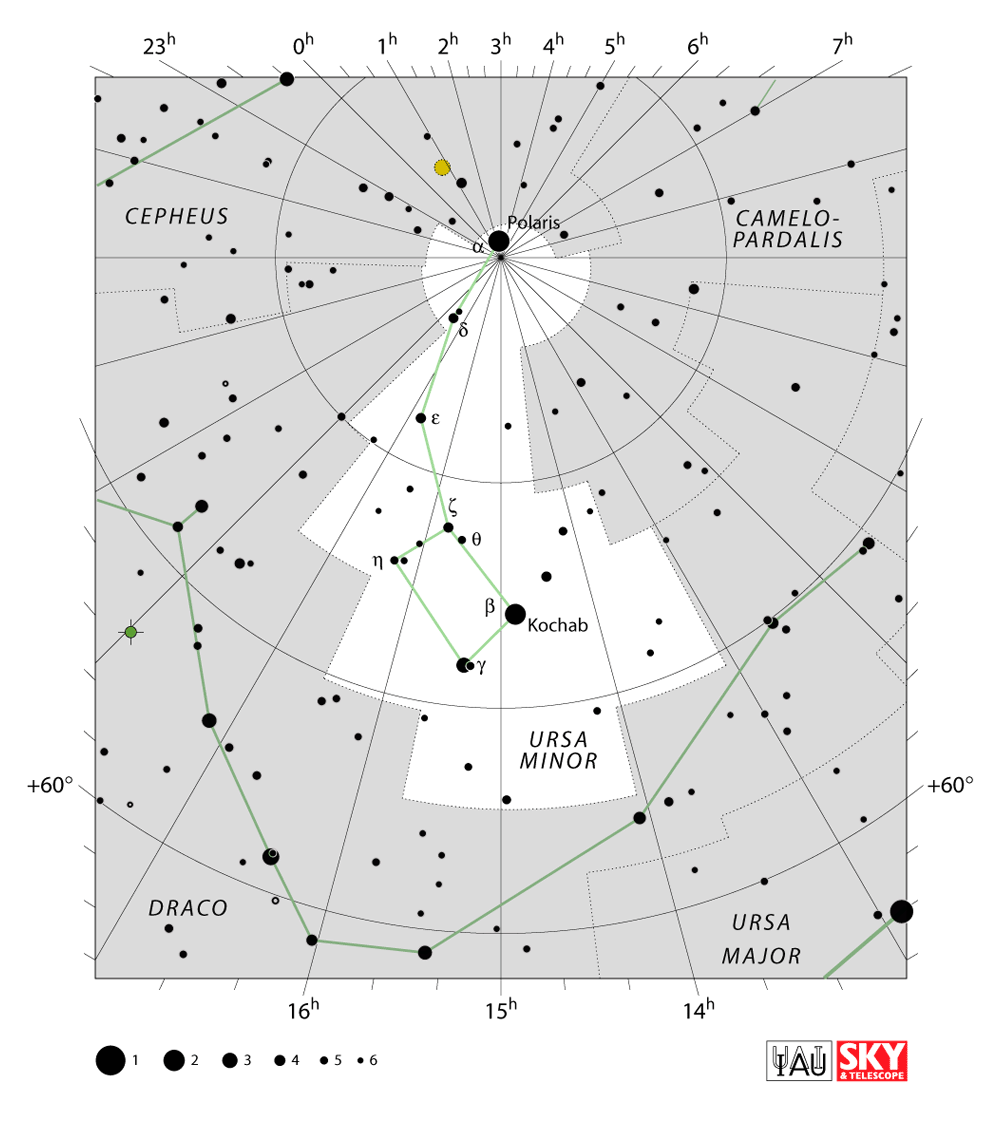According to https://www.iau.org/public/themes/constellations/
Eugène Delporte of the Royal Observatory in Brussels presented proposals for a clearly defined system of constellation boundaries drawn along lines of right ascension and declination
yet the text files defining the constellations' boundaries such as https://www.iau.org/static/public/constellations/txt/umi.txt
13 03 16.9470| 76.3289108|UMI
13 04 23.3937| 69.3293610|UMI
14 02 36.1947| 69.3991165|UMI
14 03 16.9333| 65.3996506|UMI
15 41 19.0957| 65.6023483|UMI
15 40 12.1512| 69.6009445|UMI
16 31 21.8550| 69.7383041|UMI
16 28 52.9698| 74.7347870|UMI
17 26 08.7929| 74.9033127|UMI
17 20 52.2971| 79.8953476|UMI
17 50 37.4449| 79.9857483|UMI
17 26 53.3353| 85.9495697|UMI
20 34 53.0328| 86.4656219|UMI
20 33 19.5253| 86.6306305|UMI
22 54 02.5599| 86.8368912|UMI
22 37 02.6371| 88.6638870|UMI
09 03 19.7931| 87.5689163|UMI
08 41 36.6601| 86.0975418|UMI
14 12 05.5098| 85.9308090|UMI
14 27 07.8855| 79.4449844|UMI
13 35 14.2055| 79.3629303|UMI
13 36 37.6845| 76.3638153|UMI
do not go along lines of right ascension and declination (in the above, only one coordinate should change in each line).
In the GIF from that page, some line segments are clearly not radial:

Why is this so?